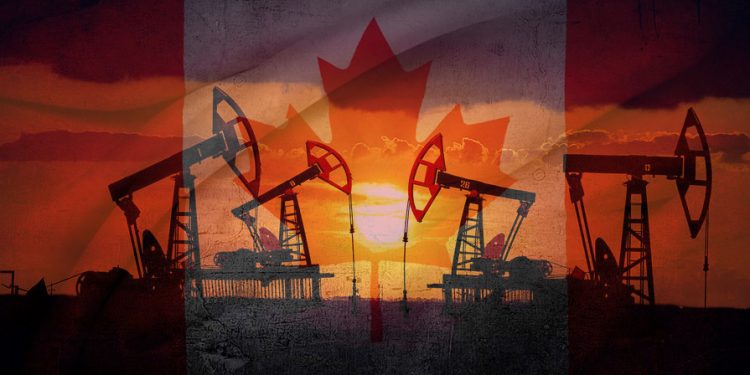Bloomberg: Canada Will Limit Oil Production
The number of licenses issued for new natural gas wells in Canada during the first quarter of 2025 increased by 26 percent compared to the previous quarter, reaching 308 licenses, which is the highest quarterly figure recorded over the past two years. Meanwhile, the number of licenses for oil wells decreased by 24 percent to 293 licenses, marking the lowest level since 2021. Additionally, the number of licenses for bitumen wells declined by six, reaching 37 licenses.
According to Trevor Rix, Head of Canadian Oil and Gas Research at Enverus, fluctuations in commodity prices have caused producers in the Montney formation, which straddles the provinces of Alberta and British Columbia, to shift their focus towards gas-rich areas and away from regions predominantly engaged in oil extraction.
Drillers are now seeking not only natural gas, but also associated liquids such as condensate, which is blended with bitumen from oil sands to facilitate its transportation through pipelines and to increase its market value compared to Canadian crude oil, Trevor Rix explained.
This trend could also emerge in the United States, where Precision Drilling Corporation, a drilling contractor, is reportedly showing increased interest in directional drilling for gas wells in the Haynesville and Marcellus formations, according to Chief Executive Officer Kevin Neveu.
In Alberta, the number of oil and gas extraction licenses issued to Canadian Natural Resources Limited grew to 88 licenses during the first quarter — the highest quarterly figure for the company in over a decade. Of these, 59 licenseswere for natural gas production and 29 licenses were for oil production. ARC Resources ranked second, securing 54 licenses, as reported by Bloomberg.











